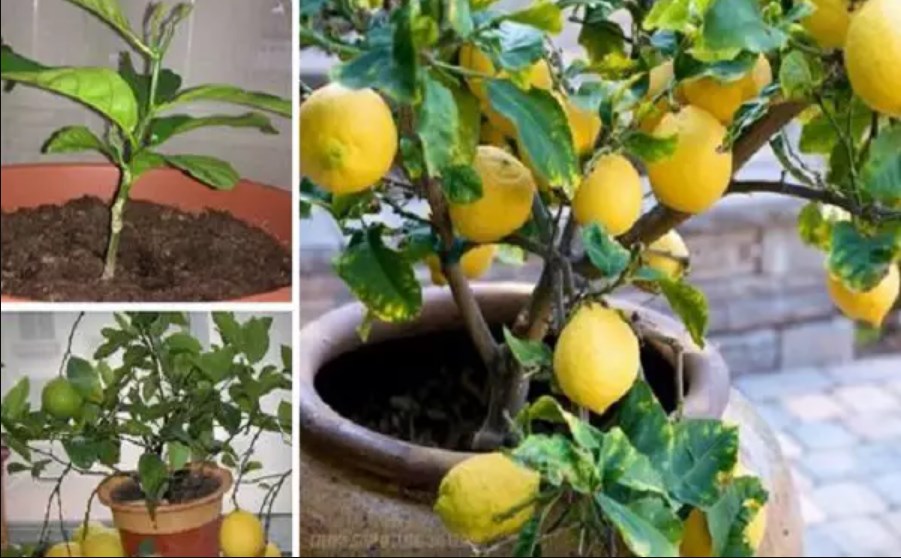Lemons are among the healthiest fruit on Earth, and despite their fresh and delicious taste and juice, they improve our health in various ways. gardening, home, gardening, home, home
Lemons are incredibly rich in vitamin C, so they strengthen the immune system, fight common colds and the flu, and treat skin conditions. Additionally, they prevent the formation of kidney stones, fight inflammation, relieve pain due to osteoarthritis and rheumatoid arthritis and prevent free radical damage.
Lemons are low in calories, high in fiber, and have an impressive nutritional profile. Namely, one peeled lemon contains about:
24 calories
7.8 grams carbohydrates
0.9 gram protein
0.3 gram fat
2.4 grams dietary fiber
44.5 milligrams vitamin C (74 percent DV)
116 milligrams potassium (3 percent DV)
0.5 milligram iron (3 percent DV)
0.1 milligram vitamin B6 (3 percent DV)
Lemons are also rich in folate, magnesium, copper, calcium, thiamin, and pantothenic acid.
The citric acid in these fruits helps digestion and dissolves kidney stones, while the ascorbic acid is a natural antioxidant that prevents the sailor’s dread — scurvy. Lemons also contain other antioxidants such as ß-carotenes, beta-cryptoxanthin, zeaxanthin, lutein, and vitamin A, which promotes healthy skin, vision, and mucous membranes. The body needs pantothenic acid and folates, but can only derive them from sources outside the body.
Therefore, wouldn’t it be great to have lemons at hand any time you like? Just learn how to grow them at home from a single seed and you will have an endless supply of these healthy fruits!
All you need is the following:
A lemon
Potting soil
Pot/container
Grow lights or a sunny area
Breathable plastic film
Instructions:
Put the potting soil into a bucket, and mix it with some water to dampen it. Then, fill the container with it, but make sure you leave an inch of space below the rim.
Slice open the lemon and take out a seed. Suck on the seed in order to remove the flesh, but it needs to remain moist. Plant it about a half inch beneath the soil.
Use a watering can of a squirt bottle and water it, but make sure it is not too damp.
Next, cover the container with the breathable plastic, and place the pot in a warm and sunny area.
